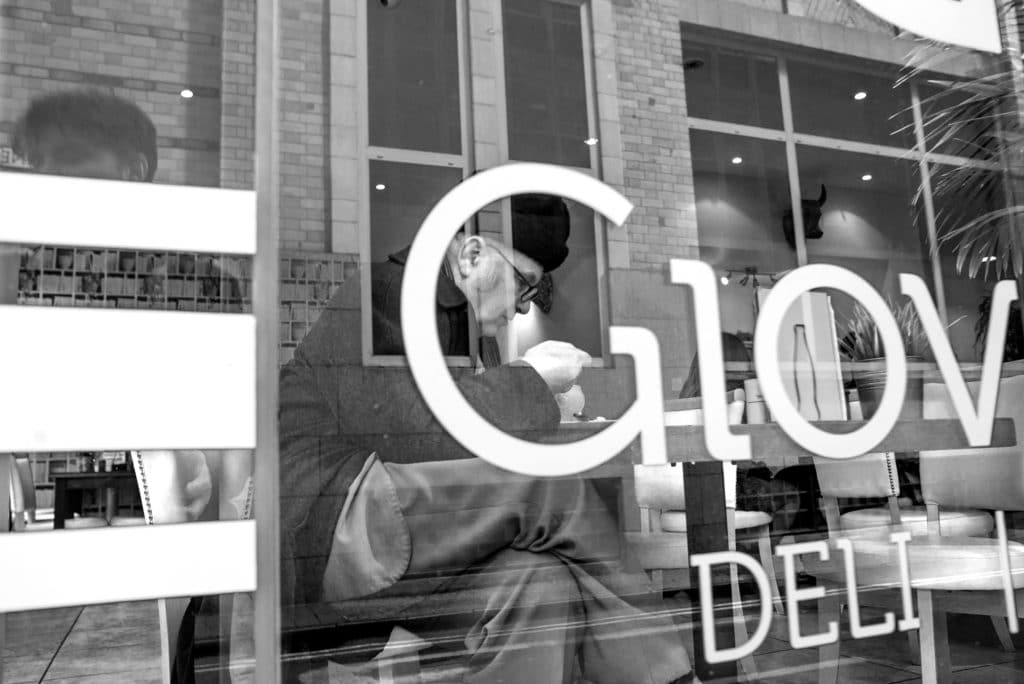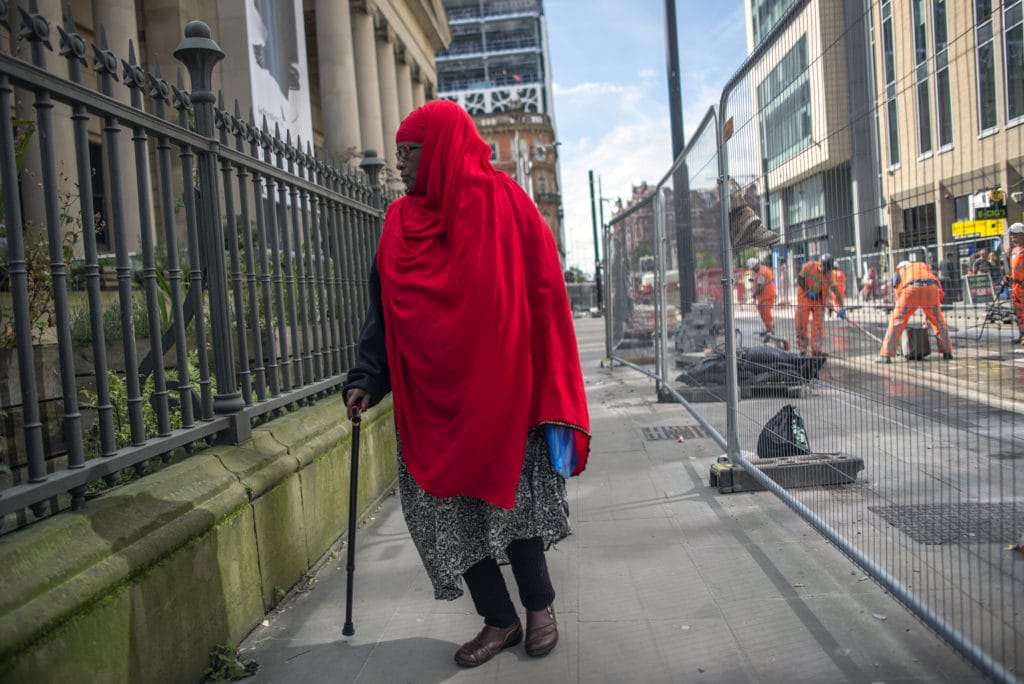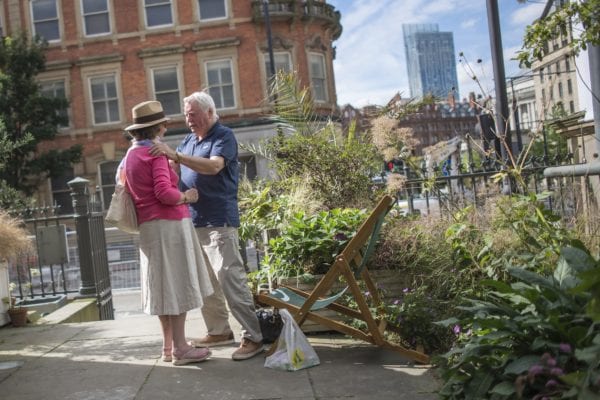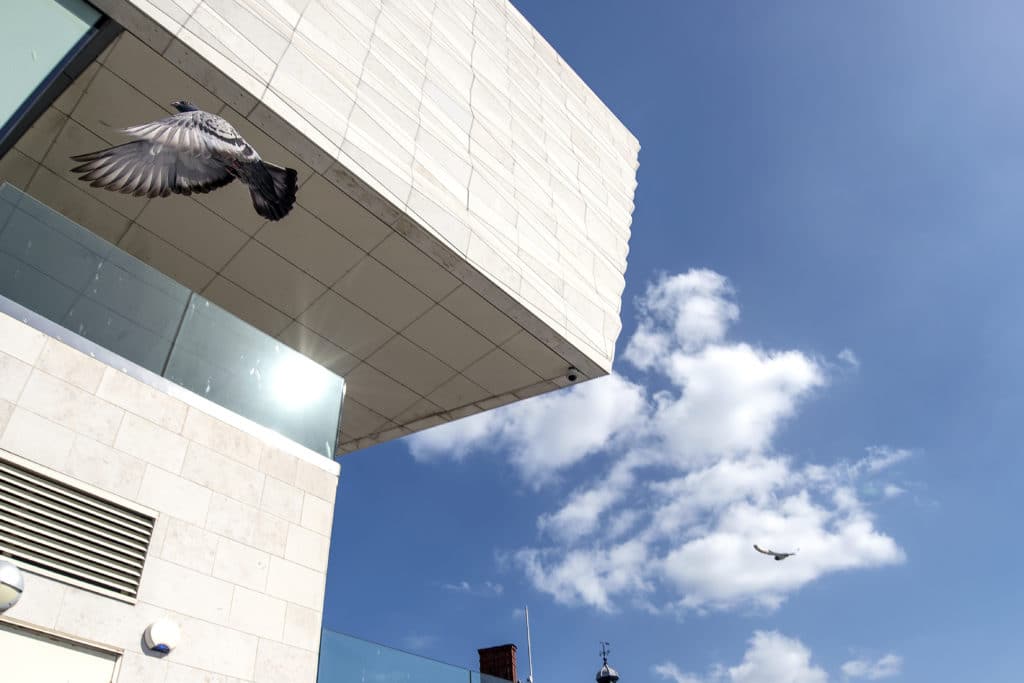Street photography can be a liberating way of shooting. It requires a keen eye, a quick hand, practice, and patience. Also, if you don’t have a solid understanding of your kit, you could be walking away with little more than a wasted day. This mix of intensity, freedom and variation makes Street Photography an addictive way of shooting.
In this write-up, we will look at how street photography can benefit you and how you can hit the ground running if you choose to get out there and document life as it’s happening.
So what is Street Photography
Many of us will have a good idea of what we think street photography is, but it’s a bit of a complex idea to pin down. At the very base of all street photography is truth and reality. When we shoot a street, we are looking to lift an image clean of space and time and evoke an emotion. This can involve people or architecture. It can be blunt, humorous or completely abstract, but what is at the heart of every good street image is an ability to take a fleeting moment and represent it in a way that wouldn’t otherwise be noticeable, a way that makes us take note.
Outside of the Confines.
You may not think it, but ‘Street’ doesn’t have to be confined to the street – to cities, towns or urban areas. War and Reportage photographers were some of the most outstanding street photographers ever to have lived.
Take Robert Capa, for example. Street Photography taps into these realms just as much as it does the everyday town and city landscape or urban area because it represents a reality that can be shocking and raw and shed light on an area of life many of us will never be familiar with. When you really start looking at this, you see just how influential and encompassing Street Photography can be.
It’s also important not to be fooled by the idea of street photography being confined to the street itself. Yes, usually, you will find that most street photography takes place outdoors, but it can venture inside to cafes, bars, shops and even people’s homes. It can be down on the beach or a holiday park – Martin Parr famously shot such contexts in his 1985 project ‘The Last Resort’. As long as there’s life, there is opportunity for street photography.
Getting Started
With such a broad range to get stuck into, it’s no surprise that going out simply to ‘shoot street’ can be daunting. It’s a big, busy world out there, and the opportunity for content is endless. With this in mind, running through your intentions before leaving your front door is always good. Below are several hints and tips you can look at engaging in before you go out to shoot your street photography:
Set Yourself Small Projects
Don’t get bogged down with the intensity of being surrounded by strangers, buildings and life. On a typical day, you’re a part of this life, but you can feel awfully out of place with that camera in your hand. With this in mind, it’s always a great idea to set yourself up with some small, manageable, and, most importantly, achievable projects to indulge in.
Look at reflections in shop windows, puddles, and cars and make this your constant. You’ll find that this is an excellent way of bridging the gap between you and your subject, whether this is a human or simply an exciting scene. It’s also a really great way to create interesting compositions and optical illusions and mix up focal planes for your viewer.
It may be that buildings are more your thing. Perhaps you want to turn your attention to colour and tone and the way that signage and light communicate in street scenes. Look at corners of buildings or only shoot people eating, laughing, sneezing.
This is an integral part of starting out in street photography. It’s not something you need to stick to and as you find your feet, way of working, confidence, you’ll be able to expand your horizons and revisit these strands whenever the opportunity presents itself. It’s simply about training your brain to pick out these opportunities.
Find the right Focal Length
It’s not my job to tell you what lens to shoot with or what kit to use. Everyone has their preference here. You may want to stay inconspicuous and use a discreet kit. You may prefer to choose between focal lengths, and so take out a much larger lens.
Either way, it’s still essential you work out what focal length to use and for what intention. 28mm, for example, is a beautiful focal length for shooting relatively wide scenes with one or two individuals in them without completely engulfing your subjects with the rest of a busy street. 50Mm is, and always will be, a perfect lens for shooting portraits. However, the confines of this focal length means you’ll probably be shooting more confidently and intrusively than with something wider like the 28mm, which allows for a more candid, ‘shoot from the hip’ approach.
Watch your Shutter Speed
If your shutter is too slow, you run the risk of camera shake and motion blur. It is as true here as it is with any other realm of photography. However, when out on the street, things tend to happen much quicker. Life waits for no man or woman. Remember this. If you mess up the perfect scene because your shutter is still at 1/80, it won’t come back around for you.
Of course, sometimes we want a little energy, a little blur, a little character to a shot. Purposeful blur is used all the time, but it’s a lot different from blur, which we only notice once we get back to view our RAW images. Seldom does accidental camera shake ‘pay off’.
Stay Curious!
When out on the street, particularly a street we know, we tend to rely on the internal compass to get around. While this is great from getting to A to B, try to remember that shooting street is about that space between A and B. It’s just as much about the journey as it is about the destination. The term Flaneur was coined for the nonchalant wonderer of the Parisian streets. The person with no known destination, just the curiosity and indulgence to take in the city one step at a time.
Try to get off the beaten track, take a road less walked, find a back street or venture into unknown territory. Talk to strangers, shop workers, baristas. Get a feel for the environment both in and outdoors and help this naturally inform your photography. The more your confidence grows in real life, the more poignant and informative your images will become.
Find out more about our courses here
Download a Free Prospectus
Get your Free Guide To Composition here




